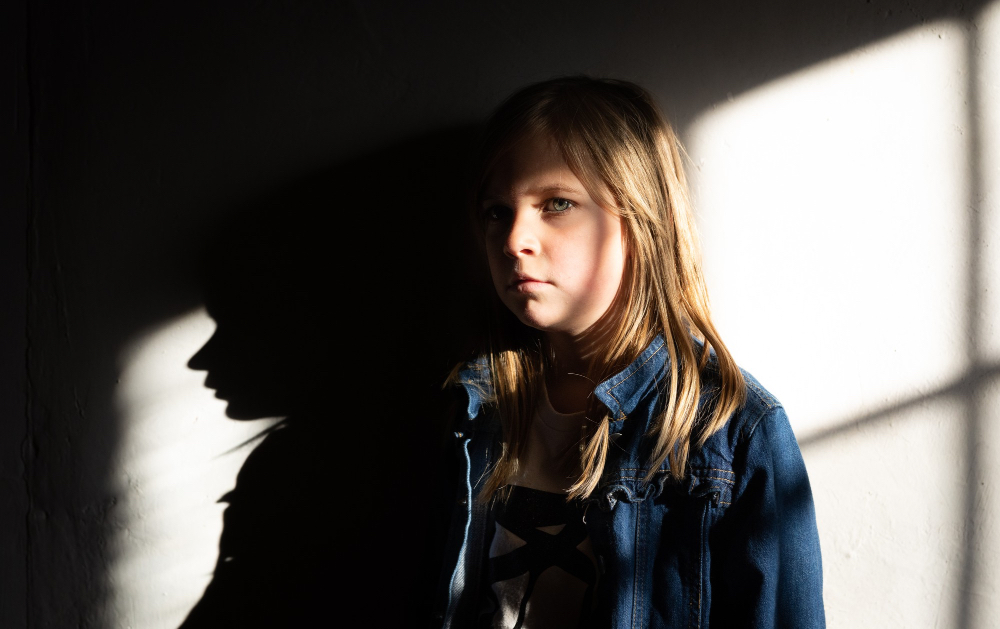Collective punishment is not an evidence-based disciplinary strategy. It fails to support the long-term development of student accountability, safety, or prosocial behaviour. Rather than fostering responsibility, it creates a climate of fear, mistrust, and alienation—especially for students already struggling with regulation, belonging, or disability-related needs.
Research consistently shows that targeted, restorative responses to individual behaviour are far more effective at improving outcomes for both the individual and the broader group. Restorative practices that focus on repairing harm and rebuilding relationships result in stronger social cohesion and reduced behavioural incidents over time (International Institute for Restorative Practices). When educators engage directly with the student who has caused harm—through guided reflection, restitution, and dialogue—they model emotional intelligence, fairness, and accountability. In contrast, when an entire class or team is penalised for the actions of one or a few, students are denied both clarity and closure. They learn that power may be exercised arbitrarily, and that guilt is collective rather than specific.
-
What is an example of collective punishment?
Collective punishment is when a group is penalised for the actions of a few, regardless of individual responsibility.…
This approach disproportionately affects neurodivergent students, whose behaviours may reflect unmet support needs rather than malice or defiance. Autistic and ADHD students, for example, often communicate distress through behaviour. When that distress is met with group punishment, it isolates them further and reinforces the belief that their presence is a liability. In this way, collective punishment contributes to school-based trauma, stigma, and internalised ableism.
Moreover, collective punishment corrodes the student-teacher relationship. Trust is foundational to any learning environment. When students feel that educators are unjust or indifferent to individual circumstances, their willingness to engage, reflect, and improve diminishes. Some become withdrawn. Others grow oppositional. Few learn the lessons intended.
Also, many children—especially neurodivergent or otherwise vulnerable students—rely fundamentally on a sense of relational safety in order to participate meaningfully in classroom life. For students with histories of trauma, anxiety, learning differences, or disabilities, trust in a specific educator may be the only anchor that enables sustained engagement. When that trust is compromised through perceived unfairness or unpredictability, it can trigger withdrawal, dysregulation, or shutdown. In this way, collective punishment does more than fail to teach; it actively severs the emotional connection that makes learning possible for the most sensitive and marginalised students.
-
What evidence is there that collective punishment is harmful?
Here is a brief selection from the overwhelming body of research confirming what many of us know intuitively:…
Finally, collective punishment can create division within student groups. Instead of cultivating empathy or responsibility, it often provokes blame, scapegoating, and social exclusion of the student(s) perceived to be the cause of the group’s suffering. This corrodes peer relationships and undermines inclusion.
True accountability is personal, relational, and developmentally informed. It requires time, guidance, and emotional safety—not shame by association.









